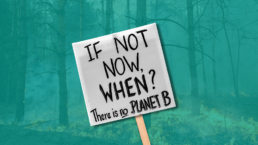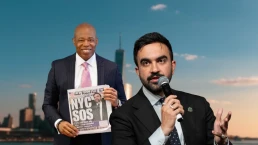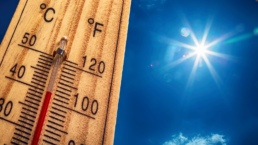Backyard fences, decks and landscaping helped spread the wildfire flames through suburban neighborhoods and shopping malls baked by global warming.
By Bob Berwyn, Inside Climate News
When he saw smoke in the air around Boulder, Colorado on Dec. 30, Tom Veblen walked up a trail near his home to check it out. Veblen, a professor emeritus of geography at the University of Colorado Boulder who has been studying forest ecology, wildfires and climate change since the mid-1970s, said he could see that the Marshall Fire, on the southern edge of the city, was already jumping over distances of several hundred yards.
The winds were so strong that he said he struggled to open his car door, and to stay on his feet in the powerful gusts. Wooden fences separating yards in the suburbs sprawling in the distance looked like burning fuses, as winds gusting faster than 100 mph pushed the flames along them to ignite decks, roofs and residential landscaping. The firestorm would eventually engulf shopping malls and a hotel.

As a resident of a neighborhood he had previously believed to be a safe distance from the fire-prone forests, Veblen felt a sudden and unfamiliar sense of vulnerability.
“Sure, I knew that Chinook winds could drive winter grassland fires to spread very rapidly, but in the past we just did not have all the driving factors align so perfectly—wet spring producing abundant grass fuels, one of the warmest and driest June-Decembers on record and then an ignition at the base of the mountains.” Local topography also contributed to the intensity, with a canyon opposite the fire acting like a nozzle, blasting winds from the peaks onto the flames and pushing the fire east into suburban neighborhoods.
Recent Posts
The Rage Of Billionaires And The Frenzy To Stop Zohran Mamdani From Becoming New York’s Mayor
June 30, 2025
Take Action Now The constellation of forces now regrouping with a vengeance includes titans of Wall Street, enormous real estate interests,…
It’s Not Just The Cities. Extreme Heat Is A Growing Threat To Rural America.
June 28, 2025
Take Action Now The urban heat island sits in a rural heat ocean.By Umair Irfan, Vox Summer has officially begun with a blast of scorching…
Mamdani’s Massive Victory Should Show Democrats Where The Party’s Future Lies
June 27, 2025
Take Action Now NYC mayoral candidate Zohran Mamdani has thrown the drowning Democratic Party a life vest. Will its leaders use it?By Sam…
India Walton’s Advice For Zohran Mamdani
June 26, 2025
Take Action Now “I think that for him, the race ’til November needs to be staying on message—we can’t start to water it down…




